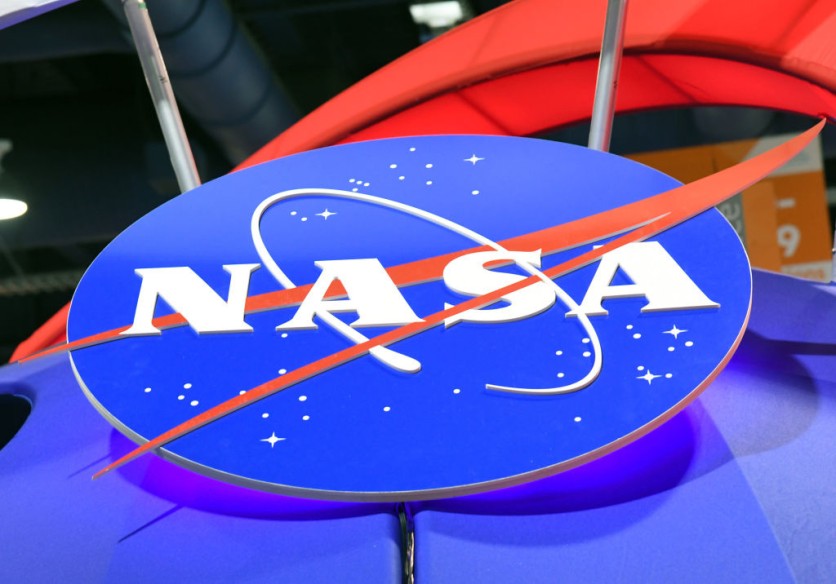
NASA's ice-hunting moon rover called the VIPER, or Volatiles Investigating Polar Exploration Rover, now has its landing site for its upcoming 2023 lunar mission.
NASA, or National Aeronautics and Space Administration, unveiled where its first-ever robotic moon rover, which seeks to look for water-ice, will be doing its monumental touch down last Sept. 20., as per Space.com.
NASA's Ice-Hunting Moon Rover, VIPER, Landing Site
The project manager of VIPER at the Ames Research Center of NASA in Silicon Valley, Daniel Andrews, noted that "selecting a landing site for VIPER is an exciting and important decision for all of us."
Andrews further explained that the ice-hunting moon rover is going into uncharted territory, which is only informed and backed by science.
That said, the project manager also revealed that the landing site of the VIPER took years of study and evaluation before coming up with the decision.
NASA officials announced that the VIPER will be landing at the South Pole of the moon.
To be precise, the ice-hunting moon rover will touch down in 2023 at the Nobile Crater of the moon. It is a 73-km wide depression that is not reached by the direct sun or has an almost permanently shadowed location.
The Nobile Crater is suspected to carry some lunar ice due to its location.
NASA VIPER and Artemis Mission
As such, the VIPER plays a major role in the Artemis mission of NASA, which seeks to bring back humans to the moon, as it attempts to look for ice that could be mined.
The ice from the South Pole of the moon could be used as both drinking water and fuel for the rocket.
Not to mention that the VIPER will also help scientists to answer some key questions regarding ice deposits on the moon, including its concentrations, locations, and depth, according to BBC.
It is worth adding that various studies have previously suggested that there is lunar ice in the polar craters that have been away from sunlight.
NASA Artemis Mission
It is worth noting that the United States space agency plans to return astronauts to the moon this decade after 50 years since the previous Apollo mission.
The return of humans on the lunar surface also seeks to transport that first woman and person of color to the moon.
As part of the Artemis program, NASA awarded SpaceX, Blue Origin, Dynetics, Northrop Grumman, and Lockheed Martin, last Sept. 15.
What's more, the Artemis mission of NASA is not limited to bringing humans back to the surface of the moon. The space agency further plans to establish a travel routine to the moon in the future.
Not just that, NASA is also working on transporting humans to other planets like Mars.
This article is owned by Tech Times
Written by Teejay Boris
ⓒ 2025 TECHTIMES.com All rights reserved. Do not reproduce without permission.




